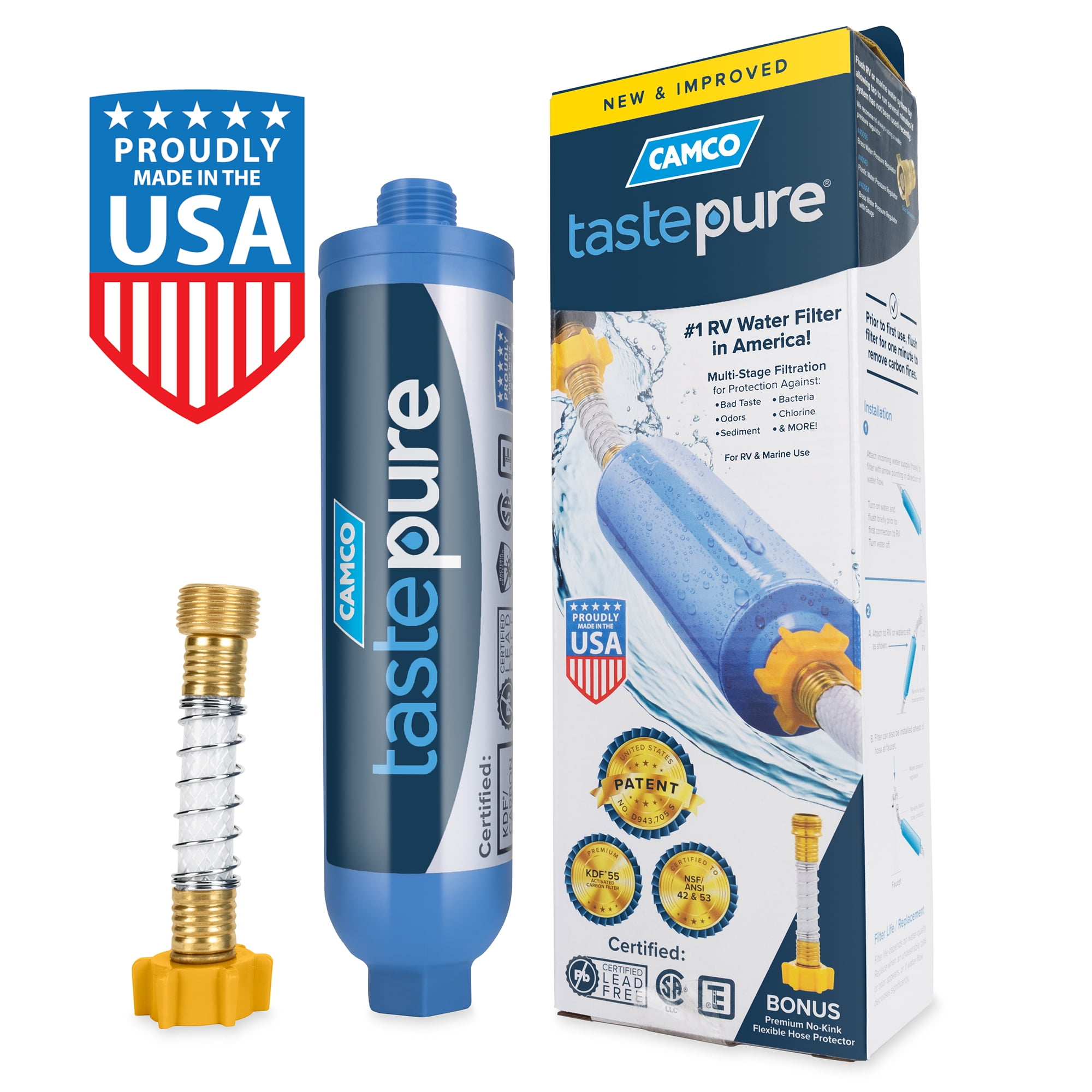Neal
Administrator
- Joined
- Jul 27, 2019
- Messages
- 13,870
- Location
- Midlothian, VA
- RV Year
- 2017
- RV Make
- Newmar
- RV Model
- Ventana 4037
- RV Length
- 40' 10"
- Chassis
- Freightliner XCR
- Engine
- Cummins 400 HP
- TOW/TOAD
- 2017 Chevy Colorado
- Fulltimer
- No
This is what I use but OTG says not required:
https://www.amazon.com/gp/product/B0024E6V30/?tag=rvf01-20
https://www.amazon.com/gp/product/B0024E6V30/?tag=rvf01-20














